Burrowing Animals - moles, gophers, and ground squirrel pest control
Don't let these pests ruin your yard or golf course
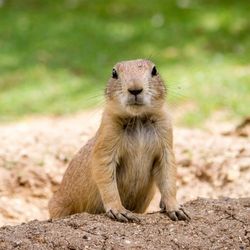
Gophers

Rats
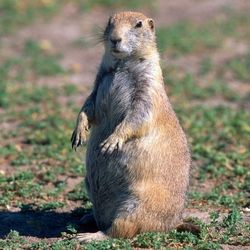
Prairie Dogs
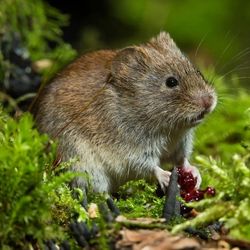
Voles
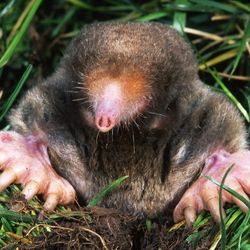
Moles
Why are burrowing animals so destructive?
Moles create tunnels on the surface of the ground. They are capable of excavating a surface tunnel at a rate of one foot per minute and consume over fifty percent of their body weight in insects on a daily basis. Moles tend to congregate in lawn areas that are shady, moist, and fertile because that is where they can find the greatest concentration of soil insects. Hibernation is not an option for moles.
They subsist on the insect larvae that hibernate during the colder months. In spite of the fact that they are related to shrews and eat insects rather than plants, moles can cause damage to plants by creating air pockets around the roots of the plants. Moles are territorial. Except for the time during the spring when they are mating, they will not allow another mole to enter their tunnels. Therefore, it’s likely that a single animal is responsible for all of the damage you see.
The fact that the mole consumes insects, such as grubs, other insect larvae, and slugs, allows it to be viewed as potentially beneficial in some contexts. Moles also eat earthworms, and some species will even consume small snakes and mice if given the opportunity.
However, moles and the tunnels they create can cause damage to a variety of landscapes, including cemeteries, parks, gardens, and golf courses. When they tunnel, they remove soil from around the roots of plants, which can kill the plants (the unprotected roots then dry out and die). The movements of the mole could also be responsible for the spread of plant diseases. These tunnels are used by pests such as voles, field mice, and other rodents so that they can feed on the exposed roots. Click here to request a no-obligation quote.
Types of properties normally affected by burrowing animals

Golf courses
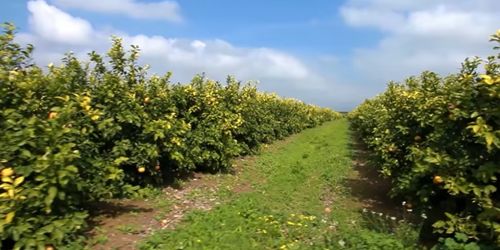
Orchards
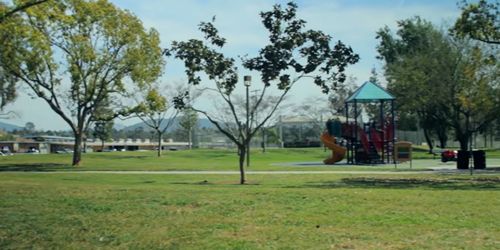
Parks

Sport facilities

Roadways
Smoke technology that gets rid of burrowing animals fast and effectively

Direct targeting of burrowing rodents within the burrow system.
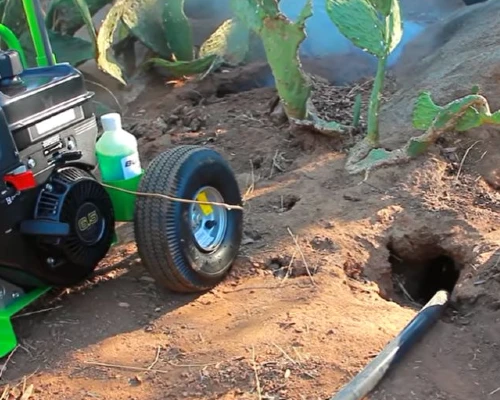
No reliance on bait acceptance that sometimes hinders rodenticide and trapping efforts.
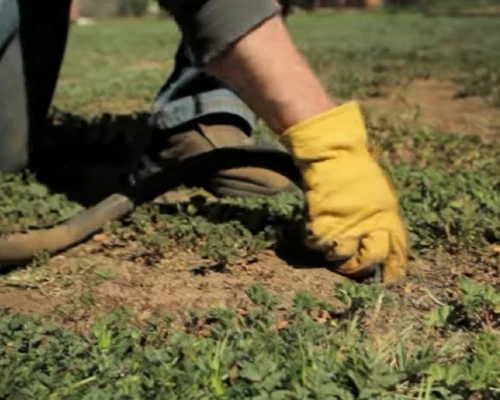
Highly effective
Rather talk to us? We are always happy to hear from you!


